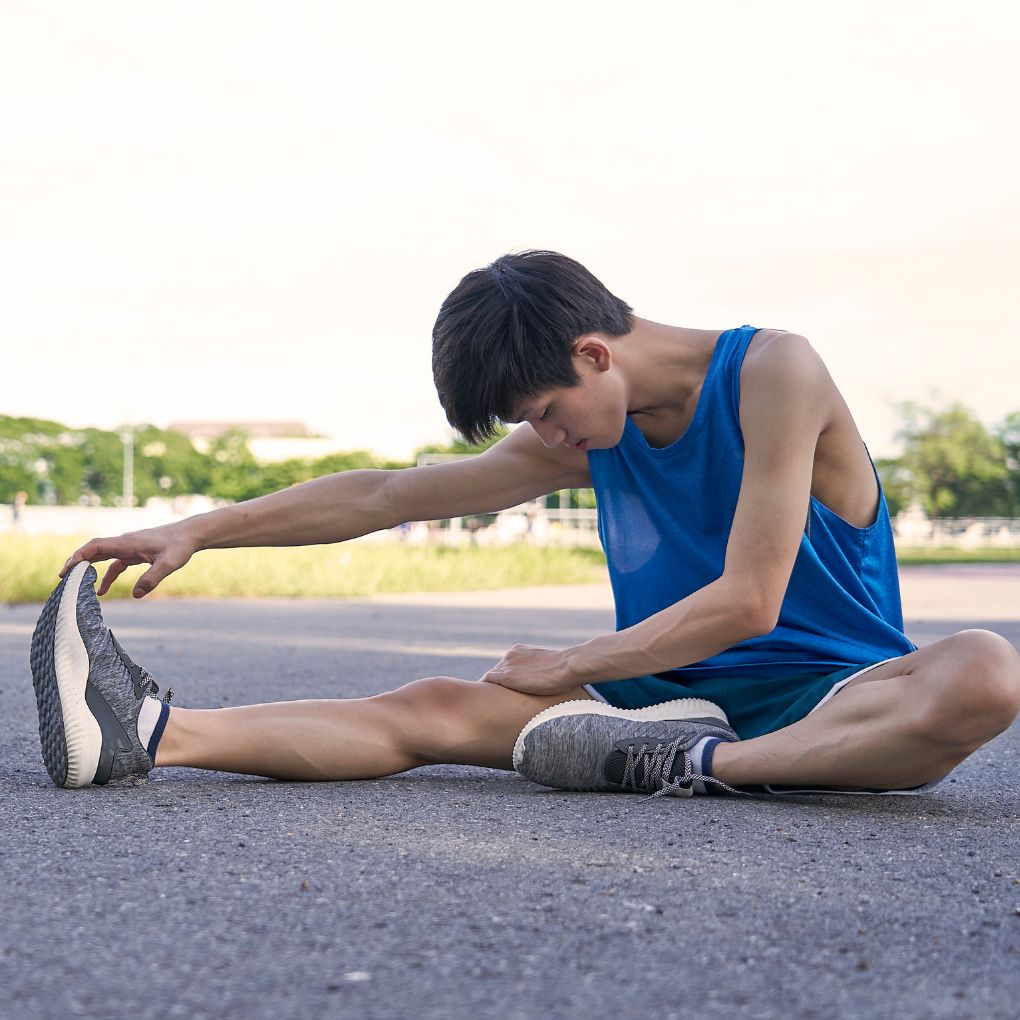It’s easy to neglect the crucial phases of warming up and cooling down during our exercises in our haste to get started or end them swiftly. But these stages aren’t simply extras; they’re essential parts of every successful exercise program. This blog post will discuss the importance of warming up prior to exercise and cooling down afterward in order to maximize results, avoid injuries, and promote healing.
The Value of Getting Warm
1. Getting Ready for Exercise: In order to get your body ready for the demands of exercise, a thorough warm-up progressively boosts your heart rate, breathing rate, and blood supply to your muscles.
2. Improved Range of Motion and Flexibility: During a warm-up, dynamic stretching and mobility exercises help release tight muscles and joints, improving range of motion and flexibility.
3. Enhanced Muscle Function: By stimulating your neuromuscular system before an exercise session, warming up your muscles improves their responsiveness, efficiency, and coordination.
4. Injury Prevention: A warm-up lowers your chance of injury, including muscular strains, by raising body temperature and blood flow to your muscles, which makes them more flexible and less likely to tear.
5. Mental Preparation: Warming up helps you focus, create goals, and adopt the proper mentality for maximum performance. It also helps you psychologically prepare for your workout.
Advice for a Successful Warm-Up
Start Slowly: To gradually increase your heart rate and warm up your muscles, start with low-intensity exercises like walking, running, or cycling.
Incorporate Dynamic Stretches: Concentrate on your main muscle groups and joints while executing dynamic stretches that resemble the exercises you’ll be performing during your workout.
Incorporate Activation Exercises: To engage critical muscles and prepare them for movement, incorporate activation exercises like bodyweight squats, lunges, or arm circles.
Progress Gradually: To give your body time to adjust and be ready for more strenuous activity, gradually increase the length and intensity of your warm-up.
The Value of Reducing Temperature
1. Promotion of Recovery: By allowing your body to progressively return to a resting state after an activity, a cool-down helps your body rid itself of waste products from metabolism (such as lactic acid) and lowers your chance of experiencing discomfort after the exercise.
2. Prevention of Blood Pooling: By progressively lowering blood pressure and heart rate and encouraging venous return to the heart, cooling down aids in the prevention of blood pooling in your extremities.
3. Muscle Relaxation: During a cool-down, practice some gentle stretching and relaxation activities to help release tension in your muscles and encourage relaxation. This will help you recuperate and feel less stiff.
4. Transition to Resting State: When you cool down, your body receives the message that an exercise session is about to stop. This allows your breathing and heart rate to gradually return to normal.
Advice for a Successful Cool-Down
Steeply Reduce Level: Reduce the level of your workouts by going from vigorous to low-intensity exercises or static stretches.
Pay Attention to Deep Breathing: To encourage relaxation and lower tension, practice deep breathing exercises like diaphragmatic or belly breathing.
Include Stretches That Are Static: To increase flexibility and relieve tension in your muscles, perform static stretches that focus on your main muscle groups. Hold each stretch for 15 to 30 seconds.
Hydrate and Refuel: To aid in recuperation and restore energy reserves, replace lost fluids and eat a well-balanced post-workout meal or snack that includes protein and carbs.
Final Thoughts
It is important to incorporate a comprehensive warm-up prior to exercise and an appropriate cool-down after to optimize your workout outcomes and reduce the likelihood of injury. You may reach your greatest potential, perform better, and have a more satisfying fitness journey if you take the time to properly prepare your body for exercise and allow it to recuperate. Your warm-up and cool-down are so essential to your performance at the gym and beyond, so give them top priority.
Warming Up and Cooling Down In Exercise


